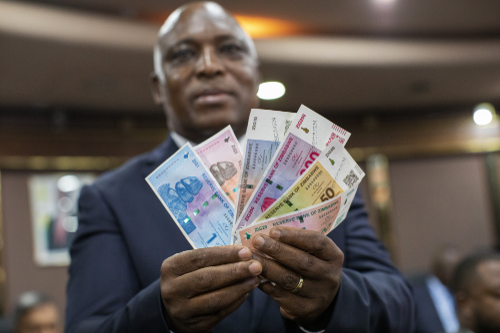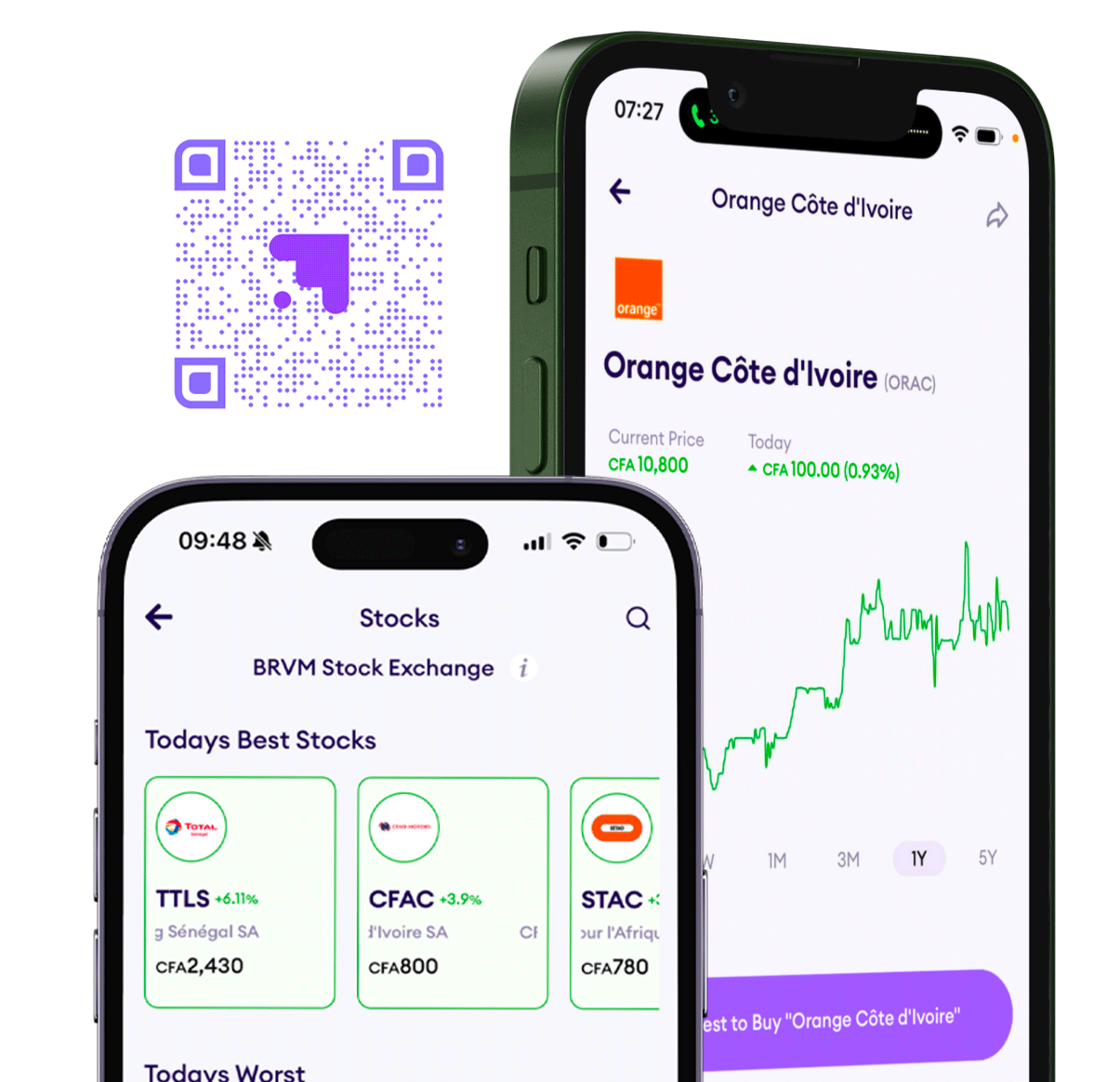Zimbabwe Devalues Currency, Raises Interest Rates to Curb Inflation

TLDR
- Zimbabwe's Reserve Bank devalues ZiG currency by 43% and raises interest rate to 35% in response to viability concerns.
- ZiG trading at 24.4 per U.S. dollar, down from 14 per dollar earlier, reflecting increased exchange rate flexibility.
- Inflation spikes to 5.8% in September due to food import prices and declining dollar revenues from mineral exports.
Zimbabwe’s Reserve Bank has devalued its gold-backed currency, the ZiG, by 43% and raised the benchmark interest rate to 35% from 20% amid skepticism over the currency’s viability.
The central bank’s website showed the ZiG trading at 24.4 per U.S. dollar, down from 14 per dollar earlier in the day. While the central bank did not explicitly confirm the devaluation, Governor John Mushayavanhu announced measures to increase exchange rate flexibility and address inflation.
Monthly inflation surged to 5.8% in September from 1.4% in August, reflecting pressures on the ZiG due to rising food import prices and declining dollar revenues from mineral exports.
Key Takeaways
The ZiG, introduced in April as a gold-backed currency to replace the Zimbabwean dollar, has faced skepticism due to the country’s history of failed local currencies. Previous experiments with local currencies led to hyperinflation and a shift to the U.S. dollar. The central bank has pledged not to print more ZiG than its reserves allow but analysts warn that the currency will struggle without addressing Zimbabwe’s deeper economic issues, including limited access to global capital markets and ongoing sanctions. Other measures announced include raising reserve requirements on deposits and capping foreign currency withdrawals.

Next Frontier
Stay up to date on major news and events in African markets. Delivered weekly.
Pulse54
UDeep-dives into what’s old and new in Africa’s investment landscape. Delivered twice monthly.
Events
Sign up to stay informed about our regular webinars, product launches, and exhibitions.




